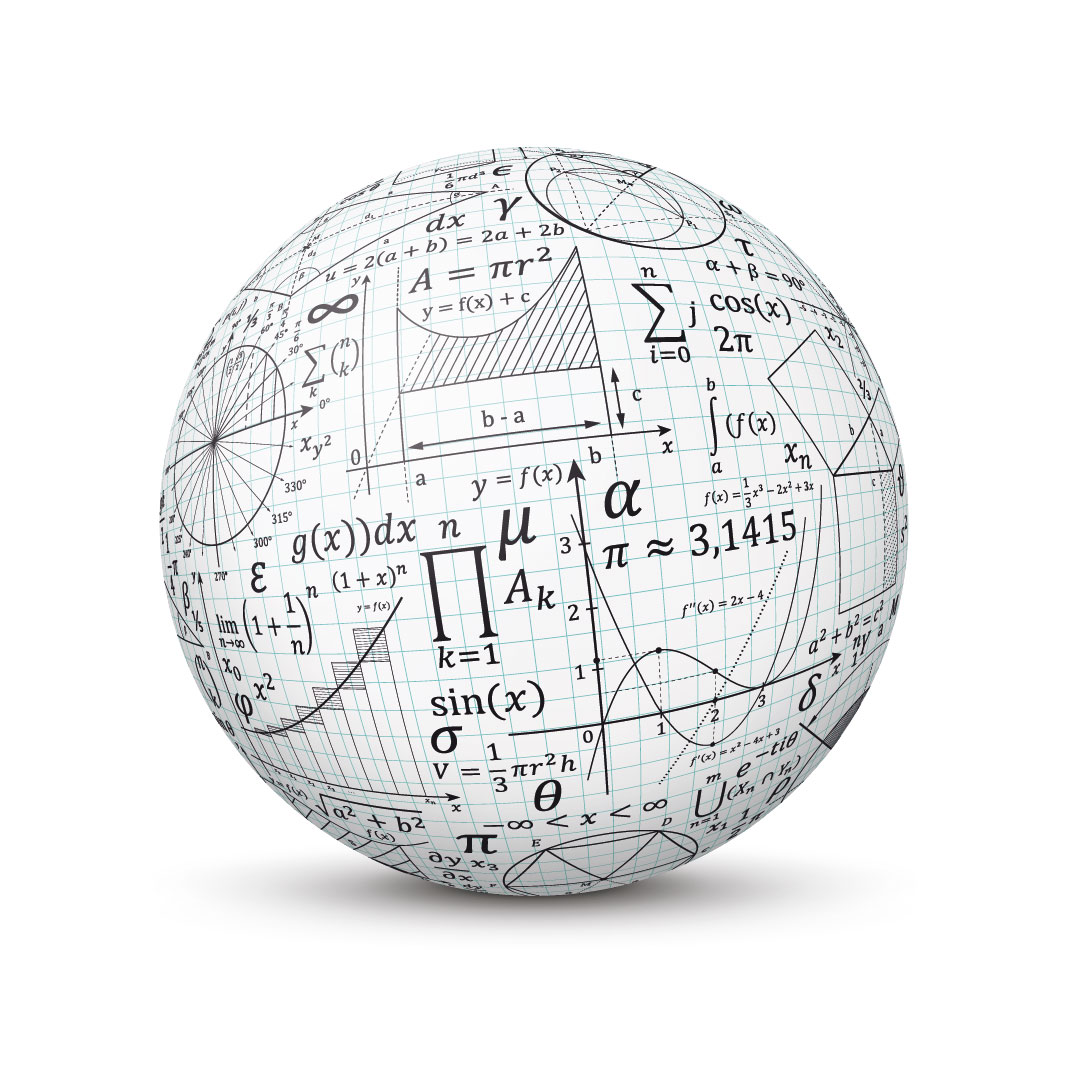
Scaling up cardiac radiofrequency ablation modeling: from in-vitro settings to patient-specific simulations
Laboratorio di Matematica per la Biologia e la Medicina

Radiofrequency ablation (RFA) is a common treatment for cardiac arrhythmias. A catheter is advanced into the patient’s heart, and placed on the arrhythmogenic tissue delivering electrical current at frequencies of 450–500 kHz to produce thermal lesions. At a temperature of 50ºC, the tissue is irreversibly damaged and a permanent lesion develops, eliminating the arrhythmia. Typically, ablation protocols are designed and tested to assess their efficacy and safety using in-vitro, ex-vivo and in-vivo experiments on animals (usually, swines). However, the biophysical, mechanical and physiological properties of the porcine cardiac tissue differ from the corresponding human ones, thus a direct translation of the experimental results to clinical practice can lead to insufficient treatment or potential life-threatening complications. In such a scenario, computational models can be a valuable asset in the design and assessment of RFA protocols. In this talk I will present our computational approaches to RFA, from the reproduction of an in-vitro experiment to the simulation of a whole virtual patient.